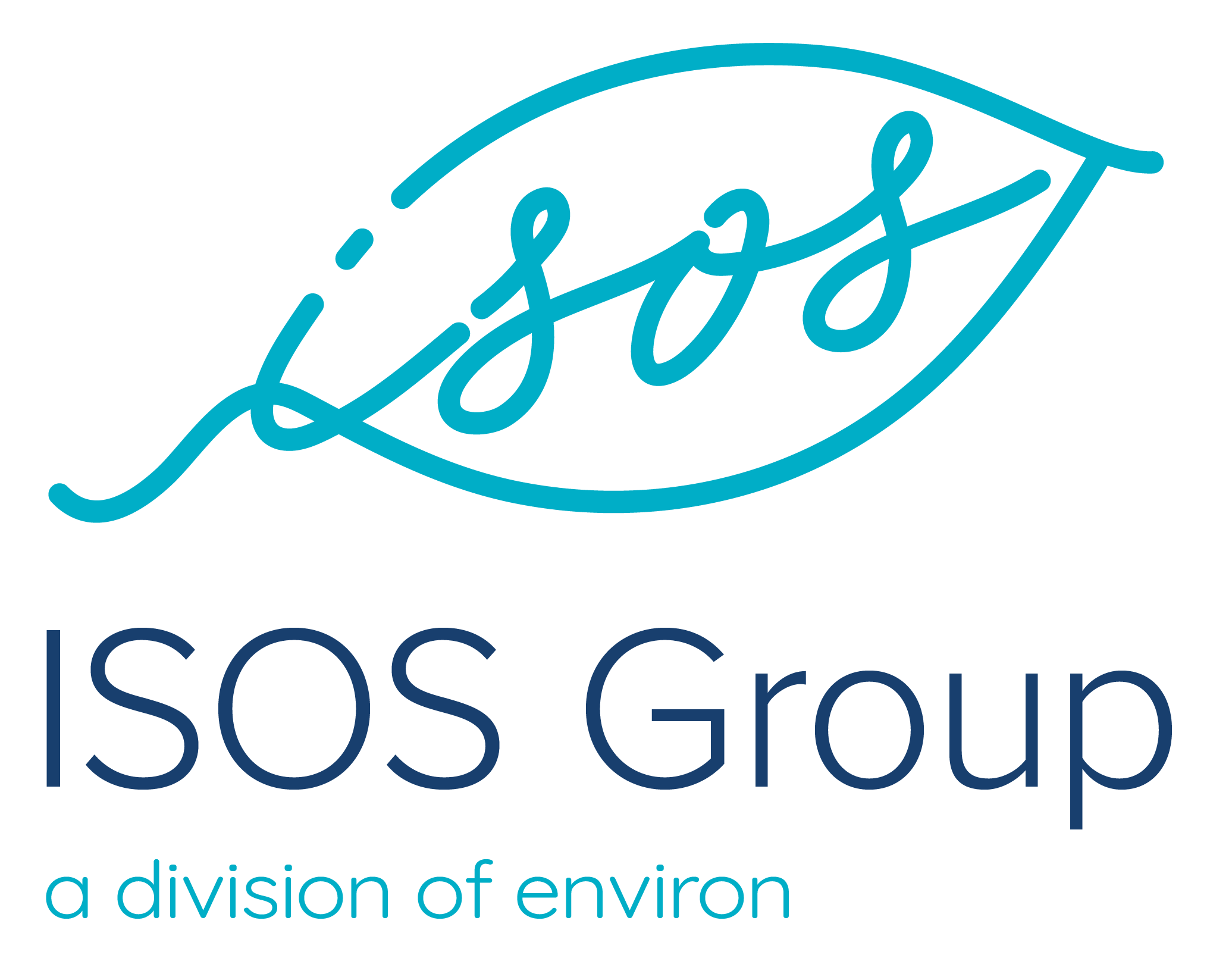2021 Ranks As Fifth Hottest Year on Record as Emissions Rise in the US and Abroad
Rhodium Group’s latest report, published last week, found that America’s greenhouse gas emissions from energy and industry rose 6.2% in 2021, after plummeting more than 10% in 2020 at the onset of the coronavirus pandemic.
As the New York Times reports, the nation’s largest source of emissions was transportation, driven by a rise in diesel-fueled trucks used to deliver e-commerce goods. However, sales of electric passenger cars increased to record highs in 2021. While this is promising, electric vehicles are not yet widespread enough to have a significant impact. Emissions from coal, cement, and steel also rose in 2021.
This increase in emissions underscores the challenges the Biden administration faces in shifting the nation away from fossil fuels and achieving its goal of cutting emissions at least 50% below 2005 levels by 2030. Rhodium Group estimates that US emissions are now just 17.4% below 2005 levels after last year's rebound. Significant new policies to speed up the transition to more renewable energy will be critical to reaching this goal.
This news comes as Copernicus Climate Change Service releases its annual findings on the upward trend in global temperatures caused by fossil fuel emissions. The last seven years have been the hottest on record, with 2021 ranking fifth. Last year was 0.3 degrees Celsius above the average for 1991-2020, and between 1.1 and 1.2 degrees Celsius above the average for the preindustrial era.
According to the Intergovernmental Panel on Climate Change, to keep global temperatures from surpassing the 1.5-degree level set by the Paris Agreement, the world would need to nearly halve GHG emissions within the next decade and reach net-zero emissions by 2050. However, based on commitments made at COP26, the Earth is headed toward 2.3 degrees of warming. Time will tell whether the world will be able to close the gap. The private sector will also play a key role in moving the needle and driving demand for more renewable energy and environmentally friendly processes and products.

